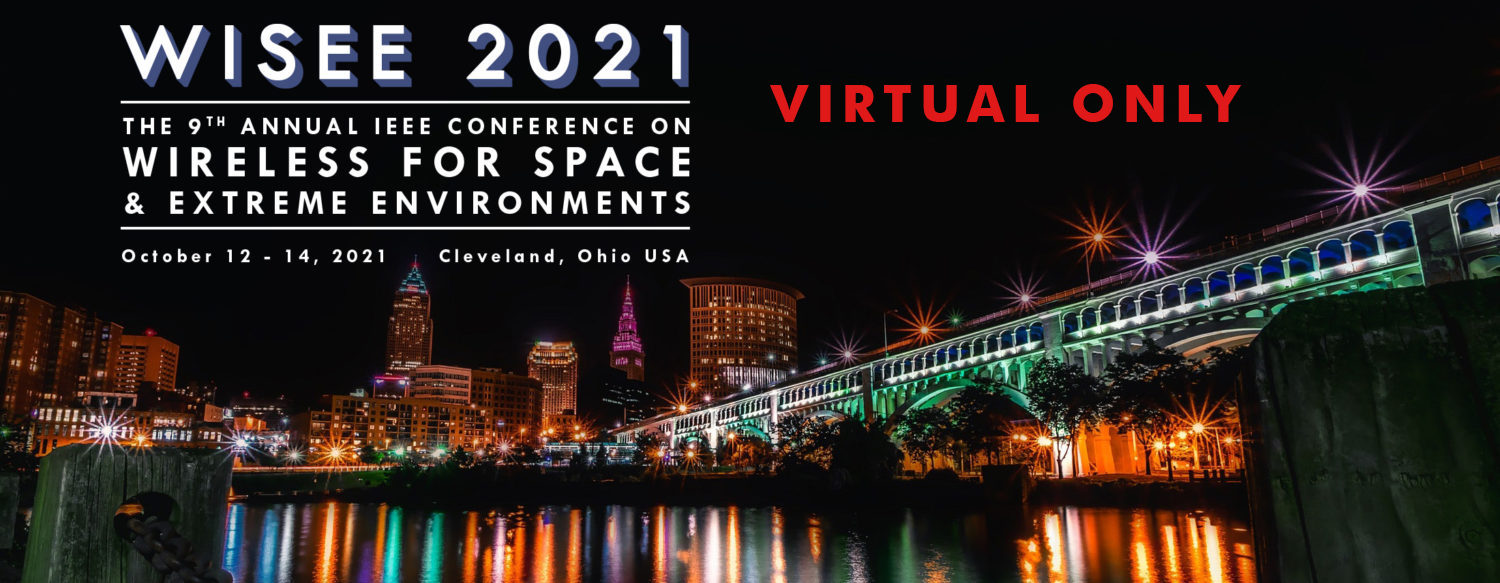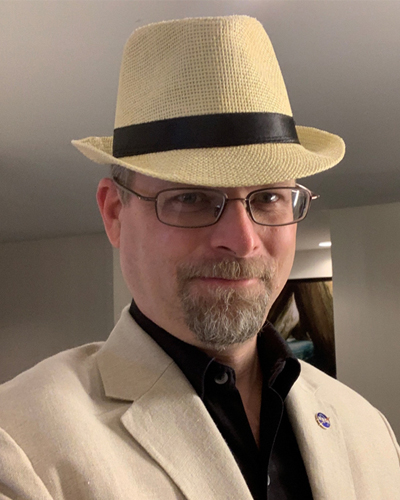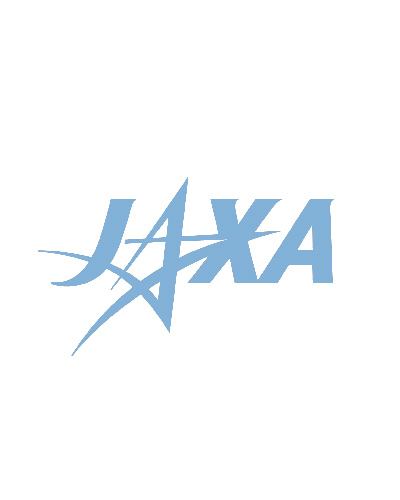Technologies for the Future of Planetary Science
Dr. Stephen Rinehart
Director of Planetary Research Programs
NASA Headquarters
Abstract: NASA’s Planetary Science Division (PSD) has a large, active portfolio of missions being used to study our solar system. In the coming years, we anticipate many more exciting missions that will help us understand the origin and evolution the Solar System and which will look for signs of life beyond earth. NASA’s innovative new missions have been enabled by innovative new technologies, and PSD is dedicated to supporting development of instruments and technologies that will make these future missions possible. Next year, the Planetary Science and Astrobiology Decadal Survey will be released; the scientific priorities identified therein will play a critical role in helping chart the future of planetary science, but technology development will be equally important in making these missions a reality.
Speaker Biography: Stephen A. Rinehart is the Director of Planetary Research Programs at NASA Headquarters. In this role, he serves as the selection official for all Research & Analysis program within the Planetary Science Division and serves as a member of senior management within the Planetary Science Division.
Stephen joined the Planetary Science Division (PSD) at NASA Headquarters in 2018, on a detail from NASA’s Goddard Space Flight Center, initially serving as the Program Officer for the PICASSO program and the Exoplanets Research Program within PSD. Prior to coming to HQ, Stephen was a scientist at GSFC for almost 14 years. In that time, he served in a number of different roles. He was the Associate Project Scientist for the Hubble Space Telescope during preparation and execution of Servicing Mission 4 (executed in 2009). He also served as the Associate Chief of the Laboratory for Observational Cosmology, and as the Project Scientist for the Transiting Exoplanet Survey Satellite (TESS) mission (launched in 2018). In 2011, he was awarded funding for the Balloon Experimental Twin Telescope for Infrared Interferometry (BETTII), an innovative interferometer designed to study star formation. BETTII launched in 2017 with a successful flight, but an anomaly at the end of the flight resulted in loss of the payload. In his time at Goddard, Stephen was also involved with numerous other research projects as well an instrument and mission development efforts.
Stephen earned his bachelor’s degree in physics from the Massachusetts Institute of Technology and his doctorate at Cornell University, with research focused on the development of infrared instrumentation and studies of stellar evolution. Following graduate school, Stephen was a postdoctoral research associate at Queen Mary & Westfield college in London, before moving to Goddard as a National Research Council Fellow.
Stephen is an aficionado of single malt whisky, interesting cufflinks, and good hats. He’s also passionate about the Oxford comma.
Commercial Lunar Payload Services: A New Paradigm for Designing and Landing Payloads on the Moon
Dr. Brad Bailey
Program Scientist for NASA’s Exploration Science Strategy and Integration Office (ESSIO)
NASA Headquarters
Abstract: The Commercial Lunar Payload Services (CLPS) project is opening the door to lunar exploration on a cadence not seen since the mid-1960s. Following a model similar to that of major national delivery services (e.g. USPS), NASA has contracted with 14 commercial companies that may propose to deliver payloads to the lunar surface in order to support scientific investigations, technology demonstrations, and reduce risk associated with the human return to the Moon. NASA intends to solicit for at least two deliveries to the lunar surface per year for the foreseeable future with the first two deliveries to Lacus Mortis and Oceanus Procellarum in late 2021 followed by 6 other deliveries through 2024 spread around to scientific regions of interest including the lunar poles, lunar magnetic anomalies, as well as volcanic and impact terrains. Future deliveries beyond 2024 will focus on answering major scientific questions outlined in community documents and may begin delivering infrastructure associated with the Artemis humans to the surface campaign. This talk will outline the philosophy behind the CLPS model, describe upcoming lunar deliveries, and discuss the various opportunities open to the greater community for contributing/proposing a payload for lunar surface operation.
Speaker Biography: Dr. Brad Bailey is currently serving as the program scientist for NASA’s Exploration Science Strategy and Integration Office (ESSIO) within NASA’s Science Mission Directorate where he is focused on integrating science into robotic and human missions to the lunar surface. His primary role is leading the selection of instruments for manifesting onto Commercial Lunar Payload Services (CLPS) deliveries to the Moon’s surface and coordinating landing site selection and concepts of operations for these deliveries. Since joining NASA in 1998 as an intern, Dr. Bailey has worked as an optical engineer for the International Space Station Biological Research Project (2000-2002), served as the chief scientist and then deputy director of NASA’s Solar System Exploration Research Virtual Institute (SSERVI) (2008-2019), the director of the NASA Ames Academies (Academy for Space Exploration, Multidisciplinary Aeronautics Research and Technology Initiative, Space Life Science and Training Program) (2009-2017), the NASA Astrobiology Institute deputy director for strategy and partnerships (2018-2019), and has been in his current role at NASA Headquarters since 2019. Dr. Bailey received his B.S. in physics (1998) from Rose-Hulman Institute of Technology in Terre Haute, Ind., before earning his M.S. in astrophysics (2000) from the New Mexico Institute of Mining and Technology, where he used the Very Large Array (VLA) to qualitatively analyze spectra from pulsars. Dr. Bailey earned his Ph.D. in marine microbiology and geochemistry from Scripps Institution of Oceanography in San Diego, CA where he used robotic and crewed submersibles to study bacterial mediation of rock alteration within hydrothermal vent systems on active submarine volcanoes. Brad is married to his wife Brett, a classically-trained opera singer, and lives near Washington DC with her and their two children.
Small Packages, Big Opportunities, Game-Changing Science
Florence Tan
Deputy Chief Technologist
NASA Headquarters
Abstract: The world is in the midst of an exciting SmallSat revolution. This talk outlines the opportunities afforded by SmallSats and the game-changing potential of SmallSats in the way we achieve science by reviewing a selection of NASA’s Science Mission Directorate (SMD) SmallSat missions. With its lower cost, and inherent tolerance for higher risk, SmallSat PI-led missions provide opportunities to train the workforce, and to prove out new technologies. With constellations of SmallSats, SMD is able to make new types of observations, such as synchronic temporal and spatial measurements of the same events. An analysis of SMD SmallSat missions is provided. NASA has been able to leverage advances in SmallSat COTS hardware for its missions and will be increasingly able to utilize the services of commercial providers for its launch, scheduling, data, and communication needs. Additionally, future trends and some lessons-learned are described.
Speaker Biography: Florence Tan is the Chair of the Small Spacecraft Coordination Group (SSCG) at NASA Headquarters. She is also the Deputy Chief Technologist (DCT) for NASA’s Science Mission Directorate (SMD). In her role as SSCG Chair, she leads the SSCG to coordinate and develop NASA’s strategy and vision for small spacecraft in science, exploration missions, and technology activities. As the DCT for SMD, she assists the SMD Chief Technologist in surveying and assessing technology needs for NASA’s science. Previously, Florence worked as lead electrical engineer, designer, I&T engineer, manager, operator on missions to Mars, Saturn, Titan, and the Moon. Florence has received numerous awards including the NASA Medal for Exceptional Achievement, the Robert H. Goddard Exceptional Achievement for Outreach, Goddard Division Excellence Award, the NASA Honor Award Silver Achievement Medal and others. She holds a BSEE from University of Maryland, and an MSEE and MBA from Johns Hopkins University.
Interplanetary Voyage Missions and Deep Space Explorations including Phaethon Flyby and Dust Science
Prof. Takeshi Takashima
Institute of Space and Aeronautical Science (ISAS)
Japanese Aerospace Exploration Agency (JAXA)
Abstract: The Demonstration and Experiment of Space Technology for Interplanetary Voyage with Phaethon Flyby and Dust Science (DESTINY+) will be launched by the Epsilon-S rocket with the additional kick stage from the Uchinoura space center in 2024. It will be accelerated by ion engines to increase its orbital altitude and will eventually escape from the Earth using lunar swing-by. The importance is to demonstrate deep space exploration capabilities by small rockets and small-class mission. The scientific objective of this mission is to understand origin and nature of dusts, which are key sources of organic compounds to Earth. It will also observe dusts from comet/asteroid 3200 Phaethon using a dust analyzer and will map its surface using a multiband telescopic camera to understand the mechanisms of dust ejection. The spacecraft will flyby as close as 500 km (310 mi) from 3200 Phaethon in 2028. This lecture will discuss recent status developments of DESTINY+ mission and deep space exploration mission scenarios being considered by the Institute of Space and Aeronautical Science (ISAS) and Japanese Aerospace Exploration Agency (JAXA).
Speaker Biography: Prof. Takeshi Takashima is an engineer at the Institute of Space and Aeronautical Science (ISAS) and Japanese Aerospace Exploration Agency (JAXA). He graduated with a Ph.D from Waseda University in Tokyo, 1998. Prof. Takashima worked on the study for developments of high-energy cosmic particle observation equipment, research on radiation effects of semiconductor devices, and development of spacecraft-mounted data processing equipment. Prof. Takashima has been involved in the development and operation of several Japanese spacecrafts including Nozomi (Mars), Kaguya (Lunar), BepiColombo / MMO (Mercury), Arase (Earth radiation belts) and DESTINY + (small body).
Gallium Nitride Based and Related Technologies for Space Applications
Dr. Jolly Dhar
Head, Microwave Sensors Receiver Division
Space Applications Centre, Indian Space Research Organization
Abstract: This invited talk will highlight different amplification devices used for boosting power in microwave frequency ranges, but the special emphasis will be on compound semiconductor Gallium Nitride based technologies. It will demonstrate structure and the salient features of this technology and the non-linear high efficiency design using GaN amplifier devices. As an illustration, design and development of GaN based high power, high efficiency pulsed transmitter to deliver maximum output power will be demonstrated. The thermal design aspects as well as transmitter characterization over all 64 phase states using a 6-bit digital phase shifter over the temperature extremes will be presented. Comparison of simulated and test results of different amplifier stages also will be presented in the lecture. Major features of the reported transmitter having highest efficiency and wider bandwidth achieved in the smallest size and weight as compared to other international developments will be shown. The gamut of GaN based numerous technologies like solid state power amplifiers, transmitters to be operated for pulse and continuous operation over different frequency range, and LTCC based transreceive modules required in space environment and also for planetary missions will be presented.
Speaker Biography: Jolly Dhar was born and brought up at DumDum Junction, Calcutta, West Bengal, India. She was awarded her B. Tech degree in the year 1989, M. Tech. in the year 1992 with specialization in microwave and Ph.D. degree in Radiophysics and Electronics in the year 2013 from Institute of Radiophysics & Electronics, Calcutta University. She joined the Space Applications Centre of the Indian Space Research Organization (ISRO) in 1990. Since 1990, she was responsible for the design and development of various passive and active RF systems like filters, mixers, up converters, down converters, pulsed and CW solid state power amplifiers, high power transmit modules, solid state power transmitters, high power waveguide switches, frequency generators, receivers operated at different microwave frequencies and these are required for microwave remote sensing payloads like Airborne Synthetic Aperture Radar (ASAR) and space borne Synthetic Aperture Radar (SAR) payloads for Radar Imaging Satellites (RISAT), L and S band Chandrayaan Mission and NISAR, a collaborative mission of NASA and ISRO. She has been deputed to International Space University, France for Space Study Programme (SSP2010). She has three patents in her credit, two granted patents, one pending patent and published forty-four papers in the National and International conference, Proceedings, and Journals. She has received best woman scientist award from Astronautical Society of India in the year 2006. She is a Senior member of IEEE, Life member of ISRS, Fellow of IETE, life member of Astronautical Society of India and ISSE.
Flying without Moving: RF Channel Simulation of LEO Constellations in the Lab
Mark Lombardi
Keysight Technologies
Abstract: Providing real-world conditions for RF and microwave satellite communications requires state-of-the-art software and hardware support. Keysight Technologies PathWave System Design software integrates with supporting applications to quantify system-level performance metrics under realistic signalling and environmental conditions. By leveraging 3D kinetic scenario modelling with terrain-accurate Doppler and fading, it is possible to accurately model hardware performance for in-orbit hardware. As development progresses and hardware becomes available the same orbital scenarios used in the design stages can be applied to testing on the bench, using real time channel emulation hardware. In this talk we will present the challenges and solutions for channel emulation for LEO constellations from concept through hardware development using software and hardware tools.
Speaker Biography: Mark brings thirty years of experience in power, time and frequency domain measurements of high performance devices and flight hardware. During the last eleven years his efforts have focused on supporting the space industry with workflow solutions that help accelerate going from concept to mission success, including realistic hardware-in-the-loop satellite communication system verification. Mark’s work can be found in multiple publications and tradeshow presentations, including a 2012 paper coauthored with NASA on using Hardware-in-the-Loop (HiL) to evaluate the application of Commercial off-the-shelf (COTS) radios in CubeSats.






